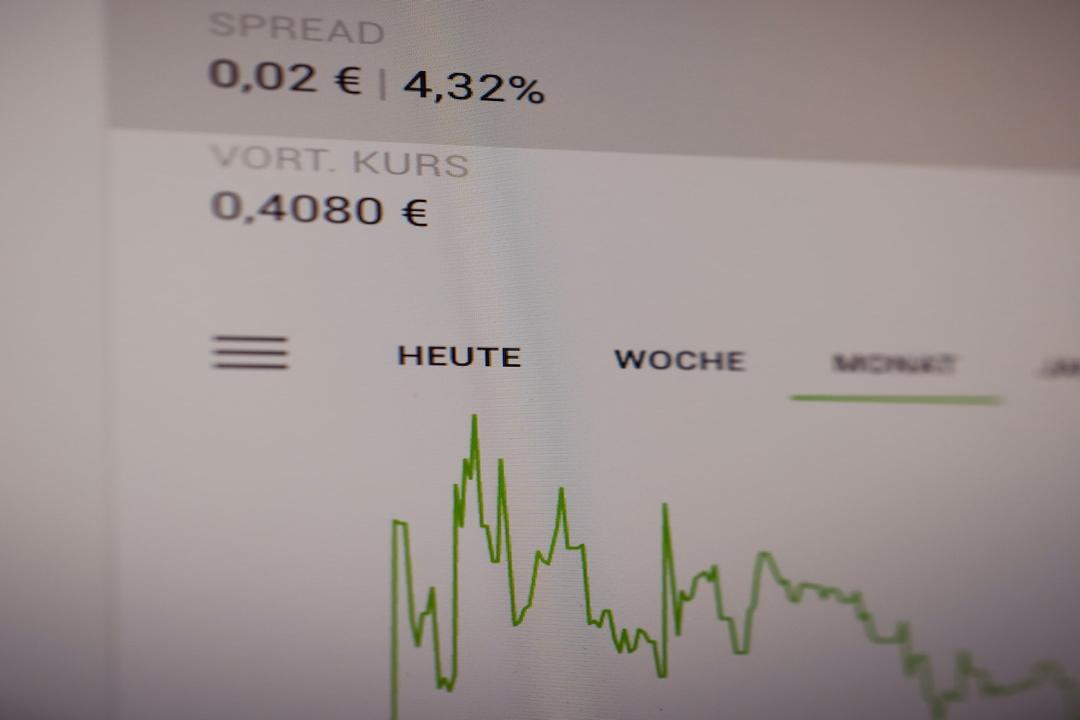The author’s opinions expressed herein are his own and do not necessarily reflect those of the editorial team at crypto.news.
As we move into a future dominated by the Internet of Things (IoT) and the metaverse, the line between the physical world and digital objects is becoming increasingly blurred. While physical-backed non-fungible tokens (NFTs) are gaining popularity, their digital twin counterparts are already making waves, offering a glimpse into what the future holds for physical-backed NFTs.
Digital twins are a fusion of physical objects, IoT, AI, and the metaverse, and they are already deeply integrated into many industries today. For those curious about how tokenization and physically backed NFTs will shape their future, understanding the concept of digital twins and their impact on our lives can provide valuable insights.
So, what exactly is a digital twin?
A digital twin is a virtual replica of a physical entity, created using real-world data, machine learning, and software analytics. Picture an airplane – a complex machine with countless parts and systems. Now envision that same airplane recreated digitally on a computer, mirroring all its components and systems. This virtual representation is a digital twin. Similarly, physical-backed NFTs serve a similar purpose from a commercial standpoint, enabling secure ownership and transactions of physical items across global digital platforms, along with the ability to redeem the physical item by buyers.
The concept of digital twins originated at NASA, where they were first used to train astronauts and mission controllers for upcoming space operations. This shift from physical mock-ups to digital twins has proven to be safer and more cost-effective for testing and training procedures.
Digital tools play a crucial role in maintaining the integrity and value of physical-backed assets within the evolving digital ownership landscape, eliminating trade barriers and implementing processes like secure vaulting to safeguard their worth during transactions.
Notable examples of digital twins abound, particularly in the aerospace industry. Companies like Rolls-Royce use digital twins of airplane engines to monitor maintenance needs, while Boeing operates a virtual twin of its manufacturing plant in the UK, boosting productivity through digital modeling. On a larger scale, Google Maps serves as a digital twin of global transportation systems, adjusting routes based on real-time data.
Digital twins underscore the importance of tokenization as a service, demonstrating the practicality and necessity of establishing a digital link to physical assets in the modern era. Asset tokenization mirrors the concept of digital twins, enabling the creation of digital versions of physical objects for seamless trading on the blockchain. This digital transformation streamlines asset transfers and enhances security and efficiency.
Incorporating IoT and the metaverse, digital twins showcase the reliability of replicating physical processes in the digital realm. Similarly, blockchain technology ensures secure transactions of physical assets by eliminating intermediaries and geographical restrictions. Tokenization offers additional benefits like immutability and fractionalization, opening up new markets and ownership opportunities for buyers.
As we move towards a future where physical objects will have digital counterparts, it’s essential to comprehend how these technologies are shaping our world. The convergence of the metaverse, IoT, and blockchain is revolutionizing the way we interact with physical and digital assets, emphasizing the need for a deeper understanding of these transformative technologies.
Subscribe to Updates
Get the latest creative news from FooBar about art, design and business.
Insights from digital twins on the future of tokenization as a service expert opinion
Related Posts
Add A Comment

